No products in the cart.
Uncategorized
10 Most Potent Magic Mushroom Species
Following is the list of the 10 most potent magic mushrooms species— meaning psilocybin-containing fungi. Considering that not all species have been analyzed, scientific understanding of psilocybin-containing mushrooms remains limited due to legal restrictions in many parts of the world. To work with specimens, cultures, and the tryptamines they produce, researchers require permits and/or licenses.
Many species are reported with the maximum known potency. It is important to keep in mind there is a range of potency, and the reported maximum may not be the full maximum potency a species is capable of.
RELATED: Here’s How Much Psilocybin Retreats Cost
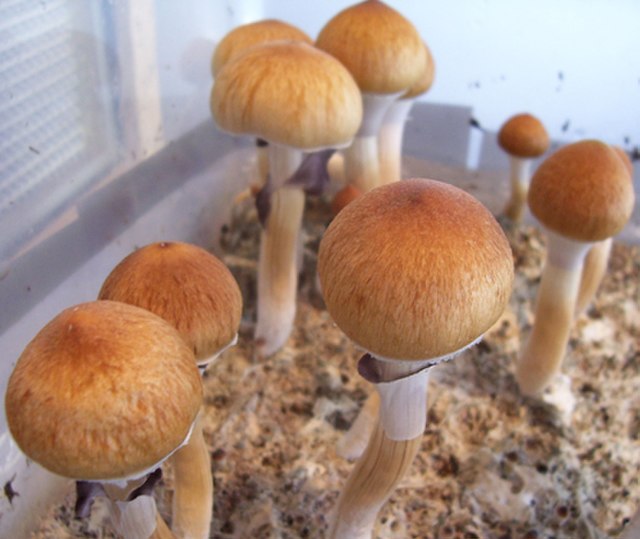
10. Psilocybe Cubensis (Iconic Magic Mushroom)
Reports indicate that Psilocybe cubensis, the iconic “magic mushroom”, contains 0.63 percent psilocybin, 0.60 percent psilocin, and 0.025 percent baeocystin (Gartz, 1994; Stijve and de Meijer, 1993). When cultivated, this species can exhibit much higher levels of tryptamine alkaloids (see below).
P. cubensis ranks among the most commonly sourced species of “magic mushrooms” due to its ease of cultivation. Related products include spore prints, spore syringes, and grow kits, which further facilitate its propagation.
Extensive research has been conducted on cubensis, leading to the breeding of many different subspecies. Known for its versatility, Psilocybe cubensis naturally occurs across the globe in tropical and subtropical climates.
Order Psilocybe Cubensis >>>> Website
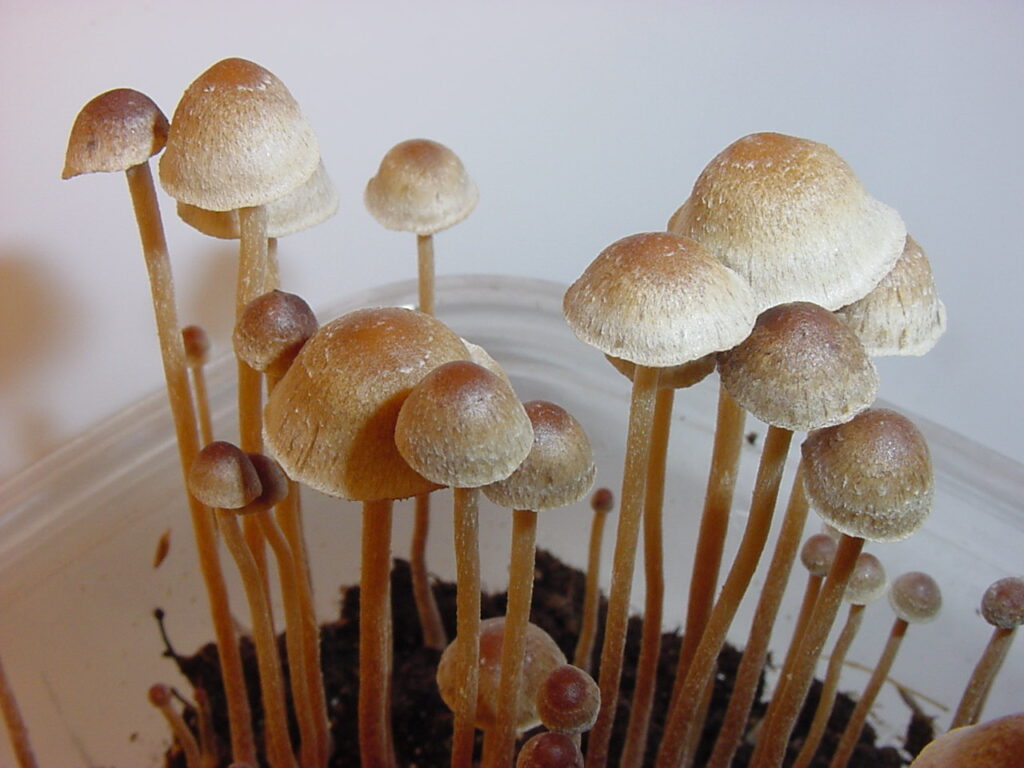
9. Psilocybe Tampanensis (Philosopher’s stones)
Psilocybe tampanensis, commonly referred to as “philosopher’s stones” or “magic truffles,” is reported to contain 0.68 percent psilocybin and 0.32 percent psilocin (Gartz, 1994). The dried mushroom can have up to 1% of psilocin and psilocybin.
The term “truffles” refers to the hardened sclerotia, which are not true truffles, formed from the mycelium.
In the wild, these are rare, and the sclerotia grows as a form of protection in case of wildfires or other traumatic events. Due to the legal status of sclerotia in the Netherlands, where the mycelium but not the mushroom is legal, they are a popular choice for those looking to trip legally.
RELATED: These are the most popular magic mushroom strains for 2024
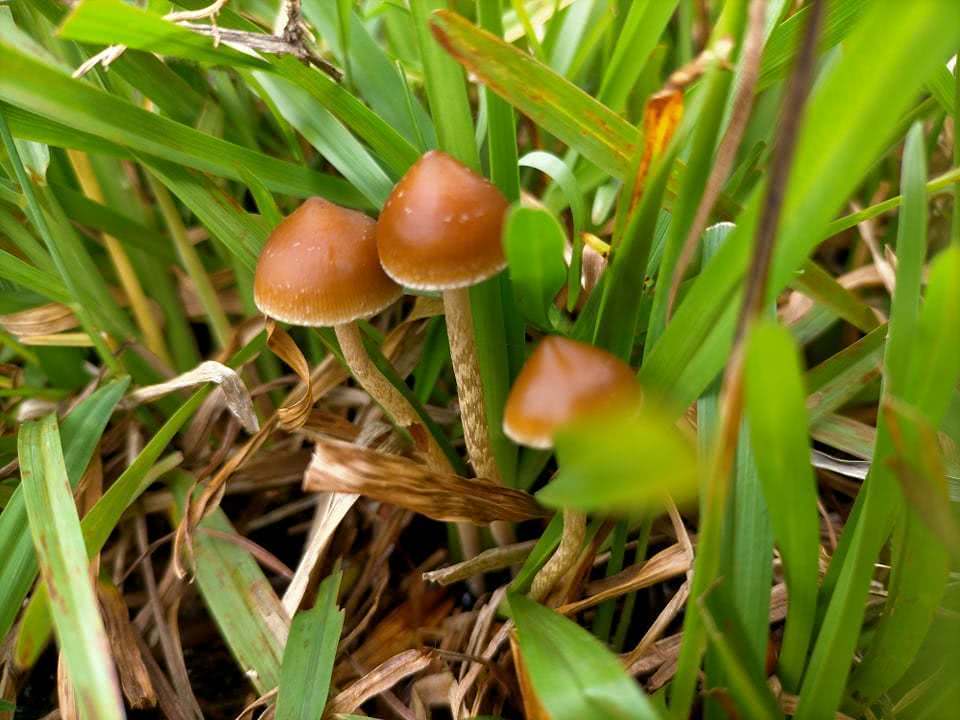
8. Psilocybe Samuiensis
Psilocybe samuiensis originates from Ranong Province in Thailand, notably occurs on the small tropical island of Koh Samui and at Angkor Wat in Cambodia, and also appears in northern Australia. The concentration of psilocybin and psilocin in the fruit bodies ranges from 0.023–0.90% (dry weight) and 0.05–0.81%, respectively, with baeocystin also detected at concentrations of 0.01–0.05% (Gartz, Allen, and Merlin, 1994).
P. Samuiensis grows in soil containing mixtures of sand and clay. It grows scattered to gregarious amongst wet grassy areas during tropical and subtropical wet seasons.

7. Psilocybe Cyanescens (Wavy Caps)
Psilocybe cyanescens “Wavy Cap mushrooms”, despite it being a close relative of Psilocybe subaeruginosa and Psilocybe azurescens, clocks in at 0.85 percent psilocybin and 0.36 percent psilocin (Stijve and Kuyper, 1985; Repke et al., 1977).
These potent magic mushrooms are a widespread species in parts of the United States, the United Kingdom, and Europe. Their range is increasing due to the use of mulch to suppress weed growth. They are a wood loving species and will readily grow through wood mulch.
They are also known to fruit in large numbers. Urban legend has it that in the UK, a patch containing 100,000 mushrooms was once found.
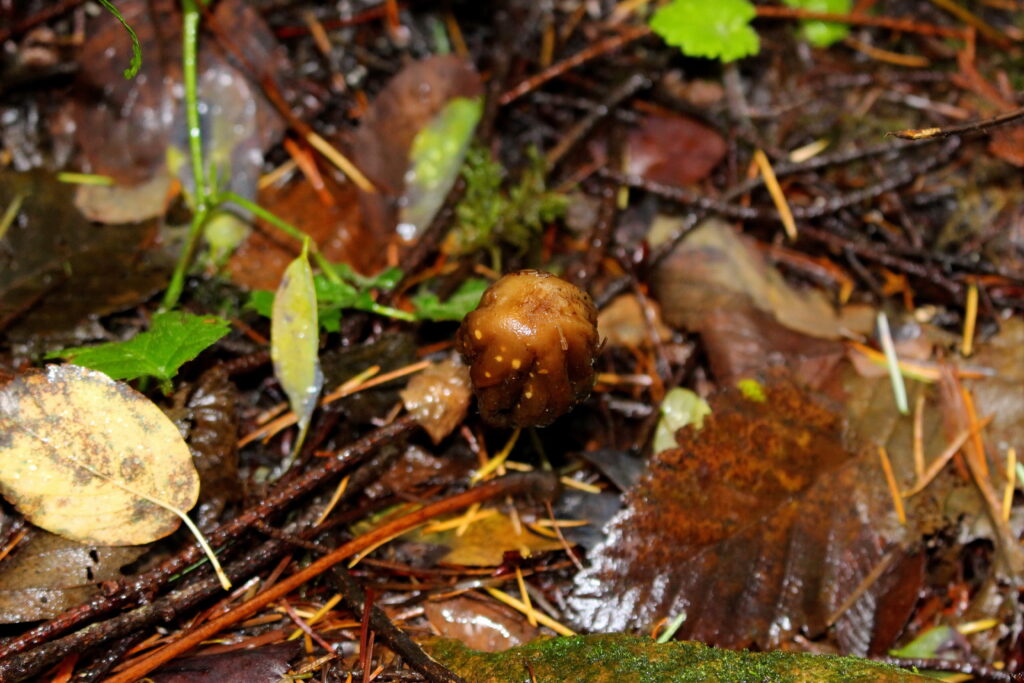
6. Psilocybe Baeocystis (Bottle Caps)
Psilocybe baeocystis “Bottle caps”, “knobby tops”, “Blue bells”, “Olive caps”. This species is common throughout the Pacific Northwest where it grows solitary or in groups, and scattered to numerous on ground bark, wood chips, peat moss, decaying conifer mulch, occasionally on lawns, pastures, and rarely in coniferous forests.
Reports indicate that it contains 0.85 percent psilocybin, 0.59 percent psilocin, and 0.10 percent baeocystin (Repke et al., 1977; Beug and Bigwood, 1982).
It is dark olive brown to buff brown in color, occasionally steel blue; it has an hygrophanous cap, with a gelatinous separable pellicle, as it dries it tends toward copper brown in the center.
P. baeocystis frequently grows under plants like rhododendrons and rose bushes in mulched garden beds, sometimes alongside other Psilocybe species such as Psilocybe stuntzii and Liberty Caps.
Order Psilocybe Baeocystis >>> Website
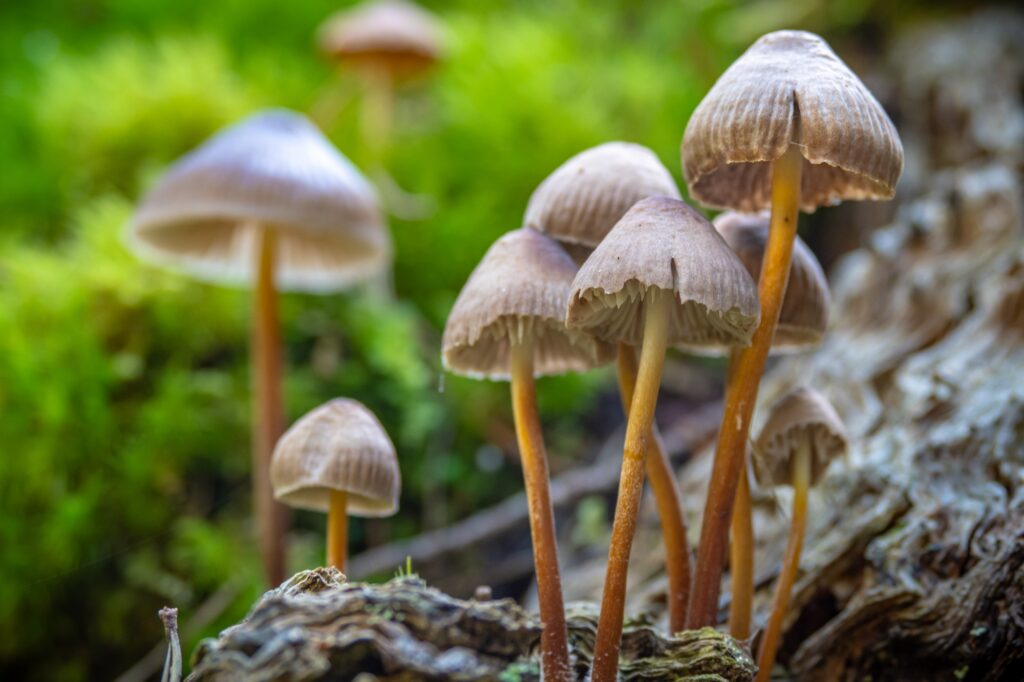
5. Psilocybe Semilanceata (Liberty Caps)
This species of magic mushrooms takes its common name from the Phrygian cap, or the “liberty cap,” which it resembles. The original liberty cap was a hat worn by freed slaves in the Roman world to mark their status. They were no longer property but not truly “free.” The hat was a symbol of both pride and shame.
P. semilanceata is known to contain 0.98 percent psilocybin, 0.02 percent psilocin, and 0.36 percent baeocystin (Gartz, 1994). For many, Liberty Caps are the quintessential magic mushroom.
Colloquially known as “liberty caps” it is instantly recognizable from its bell-shaped cap, and distinctive pellicle. Psilocybe semilanceata, the most widespread magic mushroom, thrives across northern Europe—where it’s considered native—northern parts of North America, Southern Australia, New Zealand, and South America.
Order P. semilanceata Here>> Website
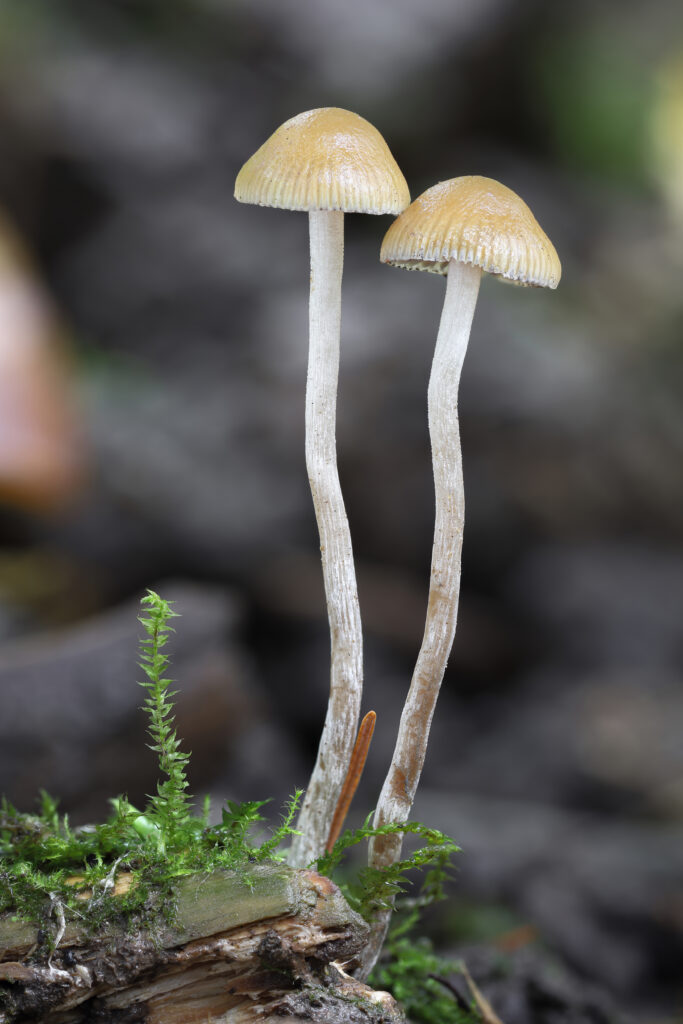
4. Psilocybe Serbica
Psilocybe serbica is a European species discovered by Horak in 1969. It is reported as containing 1.34 percent psilocybin, 0.11 percent psilocin, and 0.02 percent baeocystin (Gartz and Muller, 1989; Gartz, 1994).
P. serbica occurs in the Czech Republic and central Europe — once known as Bohemia, hence the synonymous name, Psilocybe bohemica. The species is found growing mostly in groups. Typically on well decayed deciduous and coniferous wood, on twigs, compost, and plant humus. The cap is often buff-brown to dingy orangish-brown and pale reddish-brown when dry, smooth, hygrophanous, not viscid and without a separable gelatinous pellicle. The stem is whitish to cream-colored, bruising blue when injured.
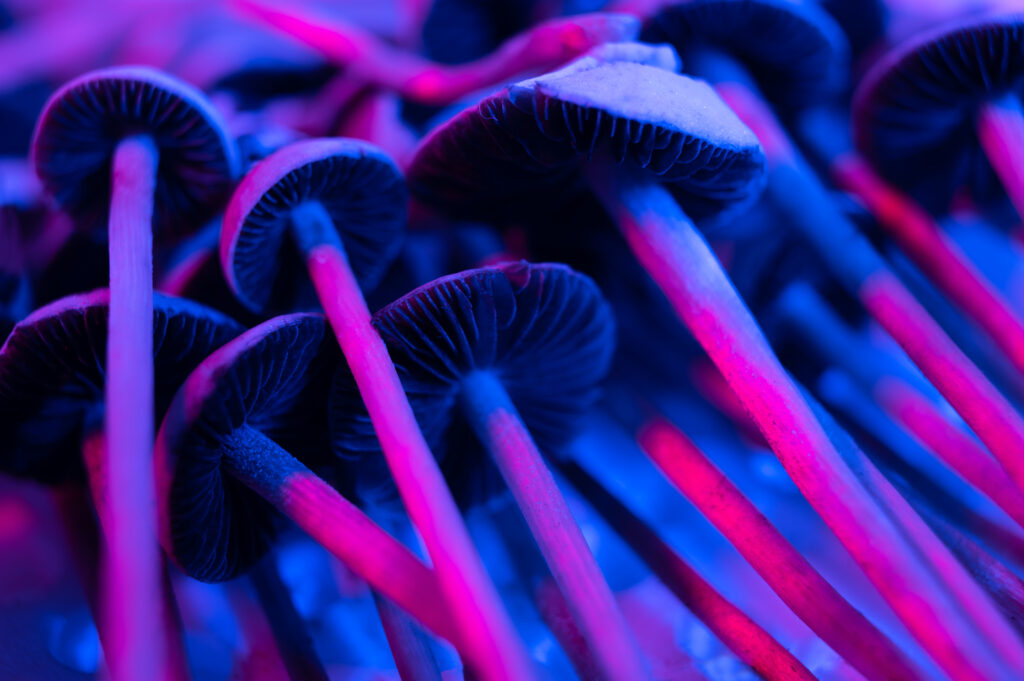
3. Panaeolus Cyanescens (Blue Meanies)
While not a Psilocybe species, this is one of the strongest psilocybin and psilocin containing species in the world. The species is often reported to be two to three times the strength of P. cubensis. But there seems to be a lack of data to support these claims about the potency.
Erowid reports that these mushrooms have a combined psilocybin and psilocin content of between 0.5 to 2.95 percent dry weight. Stivje in 1992 identified they were variable in their potency 0.17 to 0.95 percent psilocin and 0.16 to 0.19 percent psilocybin!
Colloquially known as “blue meanie mushrooms”—a term originating in Australia—they also go by Copelandia cyanescens, which leads to common names like “Copelandia Hawaiian.” People can cultivate them indoors, and even purchase grow kits for this purpose. These magic mushrooms have a global presence as a dung-loving species, sharing habitats with Psilocybe cubensis.
Order here>>> Website
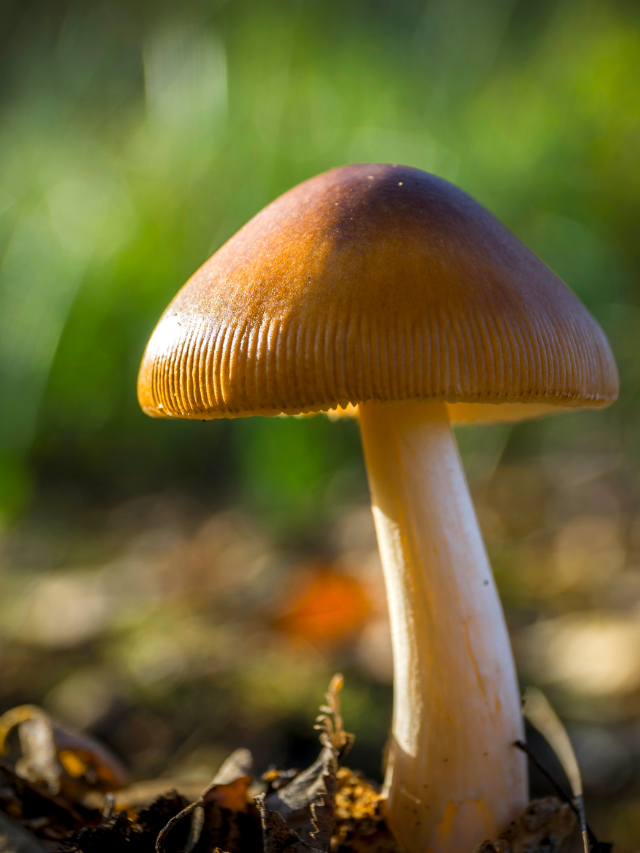
2. Psilocybe Azurescens (Flying Saucers)
Psilocybe azurescens (Flying Saucer mushrooms) is very closely related to P. subaeruginosa, known to contain up to 1.78 percent psilocybin, 0.38 percent psilocin, and 0.4 percent baeocystin (Stamets and Gartz, 1995).
In North America, the species is limited to the Oceanic Climate of the Pacific Northwest of North America. And usually found in coastal grass, and deciduous woodlands from British Colombia through to Oregon. This species has also been found in Europe.
As with P. subaeruginosa, “Flying saucers” have a caramel-colored cap fading to yellow as its hygrophanous cap dries out. They have a fibrous white stem which can vary in length and thickness, purple-black spore print, and all parts of the mushroom bruise blue. Care should be taken not to confuse them with Galerina or Cortinarius. Galerina can be deadly, containing amatoxins, the same deadly compound found in Amanita phalloides aka the “Death Cap”.
Order Here>>> Website

1. Psilocybe Subaeruginosa (P. subs)
Psilocybe subaeruginosa is an Australian species of magic mushrooms. They grow on various types of hardwood and are recognized for their potency, containing up to 1.93 percent psilocybin and 0.17 percent psilocin.
The Psilocybe subaeruginosa is incredibly variable in appearance. It can have a caramel-colored cap fading to yellow as its hygrophanous cap dries out, often with remnants of the partial veil on the margin of the cap when younger. They have a fibrous white stem which can vary in length and thickness, purple-black spore print, and all parts of the mushroom bruise blue.
P. subaeruginosa often grows among Eucalypt debris, on forest edges, and on paths through bushland or parks. The size, shape, and cap color of P. subaeruginosa can vary. So one should exercise caution to avoid confusing them with Galerina or Cortinarius. Galerina can be deadly, containing amatoxins, the same deadly compound found in Amanita phalloides, aka the “Death Cap”.
A Few Caveats
There is a significant range of potency in Psilocybin-containing fungi; from species that produce no psilocybin at all, through to mutant Psilocybe cubensis that are pushing the boundaries, not only of potency but morphology! This article will focus on naturally occurring species, with an afterword on a couple of the more interesting cultivated types.
How do we best evaluate the most potent magic mushrooms? When discussing potency, the two primary alkaloids discussed are the amount of Psilocybin and Psilocin.
With an improving understanding of the chemistry and analysis of psilocybin-(and more)-containing fungi, the amount of total tryptamine content is more accurate. However, this is problematic, as there is uncertainty about how active some tryptamines really are. Potency is evaluated according to the weight of the dried mushroom for all compounds.
A Note About Safety
Some of the following mushrooms are unpredictable in their potency — and the figures are based on natural ranges. When cultivated indoors, potency can increase significantly! You occasionally hear anecdotal stories of people thinking they are talking a museum to medium dose, only to appear six hours later with eyes looking into forever, talking about their four-hour DMT-like experience.
When consuming macrodoses of high potency species, experts recommend journeying with another person. Or informing someone about your dosing, your location, and possibly having their number on speed dial on your phone. It’s crucial to approach high potency dosing with preparation, respecting the set and setting to ensure a safe experience.
Lastly, the wood loving species that are mentioned may on rare occasions result in a syndrome referred to as Wood Lovers Paralysis (WLP). This syndrome consists of temporary paralysis. It may begin between two to four hours into the experience, starting in your hands, arms and legs, or even your mouth. The paralysis can occur within 24 hours of the dose, even after the psychoactive effects have worn off, so caution is advised.
RELATED: Do Shrooms Show Up On A Drug Test?
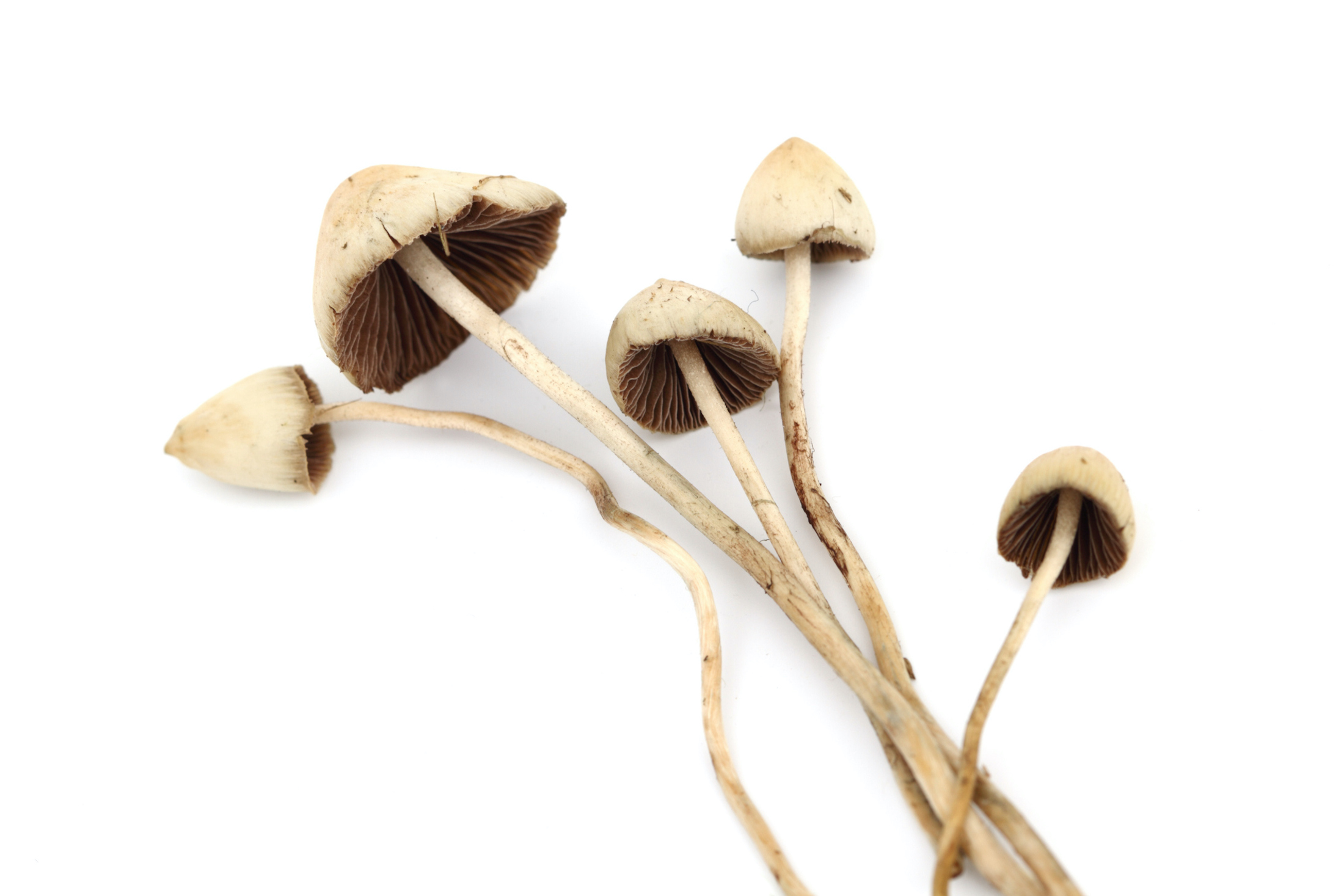
A Bonus Mushroom: Psilocybe Weilii
P. weilii only grows in northern Georgia in the United States. The species thrives on red clay soils, often near pines growing in Bermuda grass or fescue. While it commonly occurs in the deep woods where decaying wood collects, it also appears in urban lawns.
Reports indicate that the species contains 0.61 percent psilocybin, 0.27 percent psilocin, and 0.05 percent baeocystin. It bears the name of the famous integrative medicine physician Andrew Weil.
RELATED: How Long Do Shrooms Stay In Your System?
